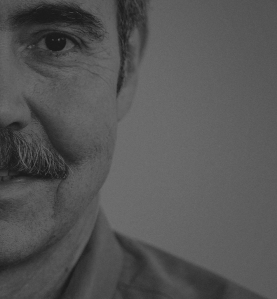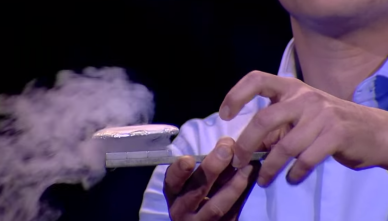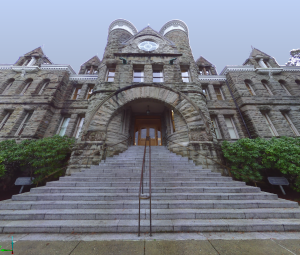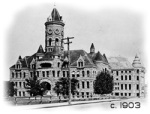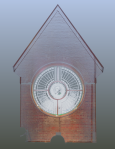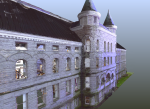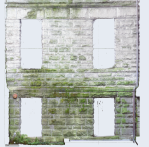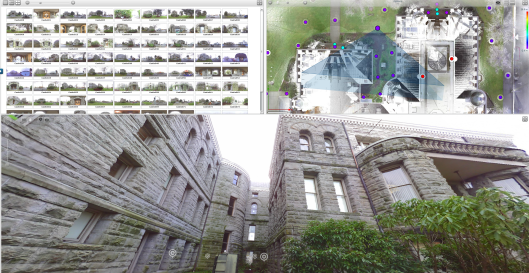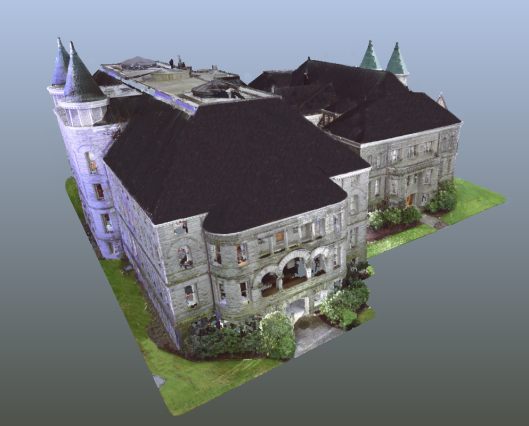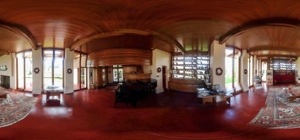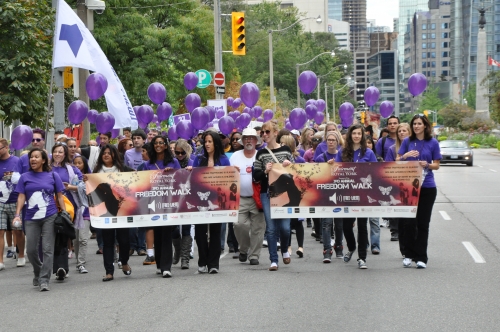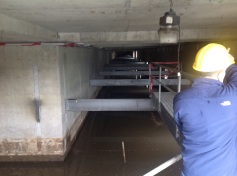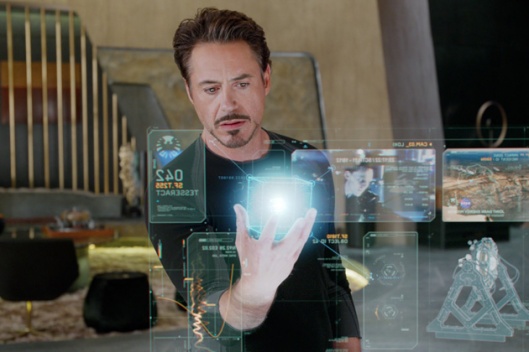Tags
Bid Strategy, Bidding Projects, Drones, laser scanning, Monarch Butterfly, Proposal, Proposal Writing, RFP, ToPa 3D
In the interest of brevity, of which Request for Proposals (RFP’s) most certainly are NOT synonymous, we at ToPa would like to offer a few words on our experience of this necessary evil that, when executed with focus and loving care, can result in tomorrow’s dinner for you and your  colleagues. This of course assumes you have the constitution to fast for the few months between the award announcement and the net 30 or 60 or 90 or ‘whenever the prime feels like paying you and ensuring they have all their payroll needs met on your interest-free loan you have so lovingly provided to them while you wait for your few hundred dollars from your hard work…’
colleagues. This of course assumes you have the constitution to fast for the few months between the award announcement and the net 30 or 60 or 90 or ‘whenever the prime feels like paying you and ensuring they have all their payroll needs met on your interest-free loan you have so lovingly provided to them while you wait for your few hundred dollars from your hard work…’
Digression aside, while we at ToPa believe the path of least resistance is paved with direct networking and obtaining relationship-based client contacts whenever possible, RFP’s are the language of fairness. In the construction world especially, RFP’s act as a magnetic force to subcontractors abroad. Somewhat akin to the Monarch Butterfly’s sojourn from Canada to Mexico, all the subcontractors of the region flock with genetically-infused hope to the opportunity, offering the universe a little prayer and a few sacrificial, paper-producing trees, that their time-consuming RFP writing journey will be worth the often extensive effort, graphic design, and at times, fluff, to win the job.
ToPa 3D has played the role of prime for historical preservation projects and more often, the subcontractor for construction projects, requiring as-built verification utilizing our 3D laser scanning and feature-extraction/modeling services from the point cloud data we provide. Make no mistake, we only do what we do because we love what we do. 3D imaging is not only here to stay in the AEC and preservation industries – it is engraved on the hearts of our ToPa Team. We get it, we love it, we want more of it. And, while we continue to live out our purpose for this lifetime (we actually have families too, whom we love just a little more than our job. Scanning them is really the best of both worlds…), we also have learned that RFP writing is part of the job.
Recently, we attended an RFP workshop to learn some tips on how to tackle these squirrely rascals (not our families, but the RFP’s). We thought this might look like tearing apart a sample RFP in the workshop and digging into some real pencil sharpening work. What we learned however was a little different, but no less helpful. If this seminar could be said to have a theme, it would be along the lines of how to create opportunities through the bidding process. Here are some tips to take with you on your next project hunt…
Tip 1 – Get the RFP rules (which are often unfair, cruel and sadistic).
Each RFP has certain guidelines for how the procurement agency/person would like bidder’s to submit their interest. As a general rule, the information you – the bidder – should be looking for would include:
- The deadline for the final bid submission.
- Mandatory pre-bid meetings are often a criteria of RFP’s – especially construction projects. This can entail getting to a meeting in a town you’ve never heard of, in a region you’ve never visited, with traffic like you’ve never experienced, at a time that can only be referred to as ‘unholy’ (i.e., before farm animals wake up and Starbucks opens). If you want a shot at winning the RFP, don’t have ANY excuses for missing this meeting. Oh, and ensure you arrive with that confident, “I always get up this early ‘cause I used to be a Navy Seal
 and my shirt’s on backward ‘cause the collar keeps my face warm, and yes, my lipstick is supposed to be on my eyelids thanks for noticing” kinda look.
and my shirt’s on backward ‘cause the collar keeps my face warm, and yes, my lipstick is supposed to be on my eyelids thanks for noticing” kinda look.
- The deadline for any questions you may have. Some RFP’s require that you get all of your questions answered before the final bid submission. Sometimes the time between this and the posting of the RFP can be quite short (a few days after the initial posting of the RFP in some cases) so it’s important that bidder’s be extremely proactive as soon as the RFP is posted by reading through the RFP and formulating any questions or clarification’s as needed. For many RFP’s having this somewhat sadistic, cruel, and often non-negotiable “rule”, this is the gut-check of any would be bidder. Government agencies love this rule for reasons ToPa can only speculate…
- Mind the Contact Person’s rule on how to contact them. If they provide a phone number, but say in the RFP that they prefer emails, then definitely call them… as late as possible, on a Friday, Saturday or early on a Sunday (preferably before 5am). Or, alternatively, if the RFP is close to a holiday, call on that day such as Christmas morning, Thanksgiving during dinner time, or right at overtime during the Superbowl (being mindful of time zones). They will be so excited to hear from you, it will be palpable. Naturally, they will see you as a hard-charging, hungry contractor that really wants the job. (We are mostly kidding of course).
- Ensure that you extract all of the requirements to bid from the RFP. If they require specific insurance for example, you may need some time to put that into place. If it is an insurance that you normally wouldn’t need to carry for your standard operations, bidders may need only implement this upon award of the contract. This could save you time and money to know the answer to that sort of question ahead of time. Again with the pro-activity. Some RFP’s require specific standards that the bidder may only partially meet. We don’t suggest giving up at this point. Subcontracting out areas that the bidder cannot fully realize is a standard practice which leads to the next point…
- Subcontracting is a necessity much of the time, especially for complex projects. To do this, it may be required to have certain licensure, depending on the scope of the RFP you are bidding on. Bidder’s will need to find out how their State laws handle this which is usually as simple as a phone call to the State office of business registration or other such entity. As a prime contractor in this context, bidder’s will need to find the rules for using subcontractors, who will cover the liability/aggregate insurance (which may be a conversation to have with your subs), and of course prime’s get to perform their due diligence on each sub because, well, there is a reputation at stake here for the work performed which, if not done well (or at all), could cost the prime severely. This too should be spelled out in the rules of the RFP.
Tip 2 – Search for Historical, Similar RFP’s.
If an RFP is posted from an agency that has been around for a while, it may be possible that this sort of proposal/project has been done before. Further, many government agencies are required by State laws to keep records of previously posted documents and in many cases, must share them upon request since they are public record. Prospectors may be required to pay a fee for such documents, and that too can vary from State to State. This fee may be as small as just the cost to print on the paper, so no need to have financial aversion right away. Regardless of cost, this is a highly recommended practice because these historical RFP’s can potentially tell bidders:
- How tricky or vague questions were answered on a winning bid.
- What the pricing looked like at the time the winning bid was submitted.
- Who won the previous RFP with a similar scope as the current one that is posted?
- Who was the original person that posted this flavor of RFP and can inform the bidder on that person’s length of time in this area of work?
- What competing companies/persons were involved in the past for similar RFP’s as well as their sub-contractors? This could serve the current bidder as a pool to draw from for the current RFP.
So how does one find these historical RFP’s? Many agencies that post RFP’s draw from a massive database with a built in search engine. Keywords matching the current RFP may bring up historical RFP’s as well. Our experience is that while the RFP may still be on file, access to the original supporting documents may be missing or inaccessible. If however, there is still a name associated with the historical RFP, we highly recommend contacting them directly to trace the original documents. If they cannot or don’t have time for that, a polite ask of where you might find them could be a good start. Ensure you are very specific on what you are requesting. Some RFP’s can be very large with many addendums and other such business, and asking someone to drop everything to search perhaps multiple sources is likely a rather tall order – even if they are obligated on some level to help you (note that you may need to work with this person in the future, therefore, 1 part ‘ask’ with 2 parts sugar is not a bad approach).
Finally, on this particular tip, it is recommended that after the bidder obtains the historical RFP documents, they bid “blind” on the current RFP, THEN compare to the winning, historical RFP documents, in that order. This is instructive for a couple of reasons: 1. The bidder will learn whether their understanding of the current RFP (and subsequently their reading comprehension level) is on par. The emotional disappointment/shock of missing an important piece of information will, we believe, psychologically shift the would-be bidder into a shame-cycle that can only lead to greater attention to detail in the future, or a long bout with escapism. Either one may lead to personal growth, eventually. (Again, mostly just kidding… Although, if you are following all of these rules and suggestions, you may have a touch of OCD. Just sayin’.) 2. The bidder will learn whether their estimating/pricing is in the ballpark for the way they typically interpret these sort of RFP’s.
Tip 3 – Gaining access to opportunities.
Our final tip we would like to pass on from this seminar is: seek opportunities absolutely everywhere. RFP’s are a pretty straight-forward way to find projects, yet they are quite competitive and sometimes come pre-loaded with shoe-in companies that have already networked with the procurement folks, worked on similar projects and are in line for a contract renewal, or simply are more qualified that you, the current bidder. Don’t be discouraged though!
RFP’s are only one way to find work for your company. There is no replacement for boots-to-the-ground networking. We at ToPa have been presented with, and been awarded opportunities simply by knowing someone personally that is connected to a project, sometimes for a relatively brief time. We attend at least 1 networking event a week or more (many are free), trade conferences (again, many are free), and regularly schedule visits and luncheon’s with all manner of entrepreneur, business owners, bakers, landscapers, financial advisors, insurance persons, marketers, artists, consultants, and once in a while, even people related to our market. To some, this may seem like a colossal waste of time. Experience tells us quite a different story. While marketing emails, working all manner of social media strategies, and reading through RFP lists are valid and important for today’s business market, they are simply tools. Nothing builds trust like a relationship and in our experience, the baker tends to know a business owner (or they are married to one) that has a fishing buddy who just happens to run perhaps the largest project management company in the region. One introduction in the context of trust can mean the difference between getting into a project the hard way, or… well, we hope you see where we’re going here.
Additionally, and as an aside, because at ToPa we have a preference for people and relationships, we are completely confident in our subcontractors because we have spent one-on-one time with all of them, shared at least one meal with them, and know on a personal level why they do what they do for a vocation. Those that have a heart-felt love for what they do are alright in our book. The vetting for results they’ve produced in previous projects usually comes a bit later after the relationship is established. We would suggest that on some level, we are being cross-examined as well. This relationship-centered approach has provided ToPa staff with opportunities that few firms get to experience. We have been invited to speak at conferences (and done so), serve on panels and committees responsible for important policy implementation, and even have been invited to extra-curricular activities and outing’s that are akin to a family vacation (without family drama – we love you Mom, Dad, Rebel Siblings and Estranged Cousins!)
Joining organizations related to your industry serves as a great mechanism for bringing in the work. Here too we have been offered to be guest speakers (5-15 minutes of uninterrupted marketing time to a captive audience of potentially hundreds of clients), technology trainers, and all manner of inclusion simply because we show up and participate. People notice that stuff and for us, being a part of something bigger than us becomes a perk to what we already love to do.
Epilogue, yet another option, and warm, fuzzy, endearing sentiments.
So dear bidder, it is our hope that you too find great success with that next opportunity, however it may appear. Bringing in the work is a job in itself, aside from the craft you are required to perform. RFP’s are a necessary part of many vocations and require time, expense, and certainly energy. There are people that have created entire businesses around just coaching on or writing RFP’s for contractors that don’t have the education, time or resources to put one together in the often short time-frames allotted. And yet, this may be exactly the solution a bidder needs in a crunch. Some of these firms may offer to be paid when the project pays after they are awarded, so keep an open mind and step into a little negotiation if cash-flow is tight and you really want a shot at a project.
We at ToPa love implementing the idea of exploring the market from multiple vantage points, especially from the view of relationship. If you the bidder are not really about relationships, or people for that matter (we have met a few like this – no judgment), then we suggest finding at least one person that is a relationship sorta person to expand your quest for further opportunities. And most certainly, you could always give ToPa a call. We have absolutely no problem expressing our opinions…
Love & Butterflies,
~ ToPa 3D



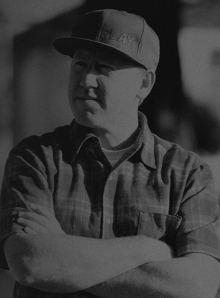 as the opportunity to view TEDx Portland live at the Keller Auditorium in downtown Portland. The event did not disappoint. The theme for this event was “Perfect” which offered a colorful variety of discussions and shares on what that means. To G Cody QJ Goldberg, it means creating Harper’s Playground – a playground system for disabled kids, the inspiration of which came from his own daughter. It was inspiring and not just a little tear-duct invoking to hear him speak about the perfection of her. He showed a slide on her DNA and explained all the of her genes were perfect with just “one little gene that was different”… somewhere around the 22nd chromosome. His “Big Idea” as TED likes to emphasize, was that current playgrounds meet ADA standards yet are completely ridiculous in the accessibility for truly handicapped children to move around pointing out barkdust on the ground, monkey bars, and other contraptions that only children with all their faculties could hope to traverse.
as the opportunity to view TEDx Portland live at the Keller Auditorium in downtown Portland. The event did not disappoint. The theme for this event was “Perfect” which offered a colorful variety of discussions and shares on what that means. To G Cody QJ Goldberg, it means creating Harper’s Playground – a playground system for disabled kids, the inspiration of which came from his own daughter. It was inspiring and not just a little tear-duct invoking to hear him speak about the perfection of her. He showed a slide on her DNA and explained all the of her genes were perfect with just “one little gene that was different”… somewhere around the 22nd chromosome. His “Big Idea” as TED likes to emphasize, was that current playgrounds meet ADA standards yet are completely ridiculous in the accessibility for truly handicapped children to move around pointing out barkdust on the ground, monkey bars, and other contraptions that only children with all their faculties could hope to traverse. primary blocks to communication revolved around our inability to 1. Put away our assumptions about what someone else has to say, 2. Keep our arrogance in check that we somehow already know the answer, and 3. That we are really driven by the fear that we are somehow not showing our intelligence or will appear…imperfect.
primary blocks to communication revolved around our inability to 1. Put away our assumptions about what someone else has to say, 2. Keep our arrogance in check that we somehow already know the answer, and 3. That we are really driven by the fear that we are somehow not showing our intelligence or will appear…imperfect.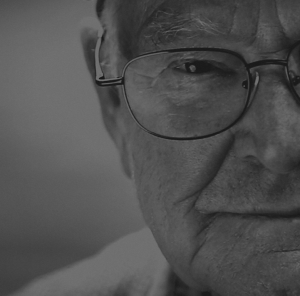 etterment of the rest of us… that’s inspiring. It’s that bold, unapologetic-ness that brings about change. For some, better. For others, worse. But change none-the-less.
etterment of the rest of us… that’s inspiring. It’s that bold, unapologetic-ness that brings about change. For some, better. For others, worse. But change none-the-less.